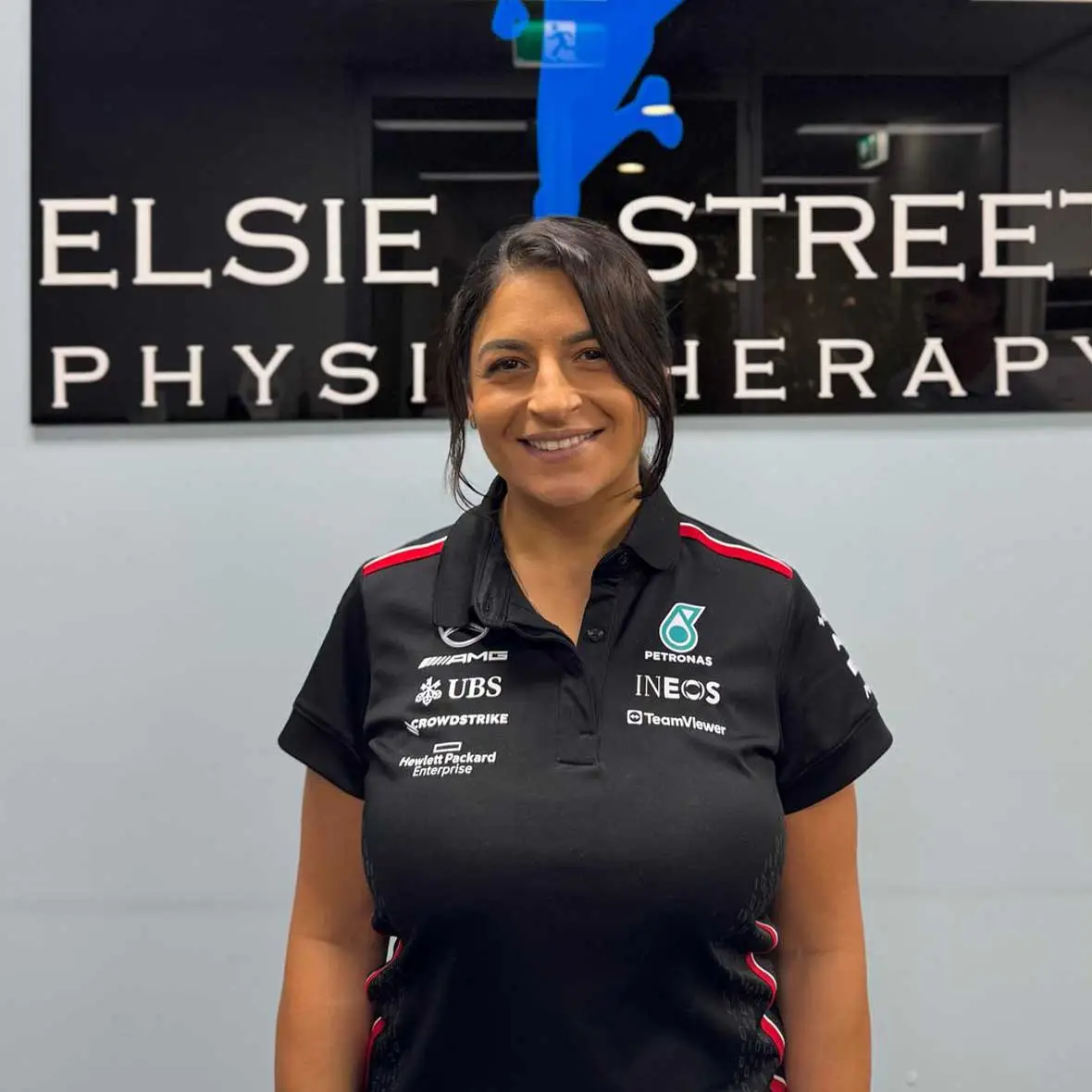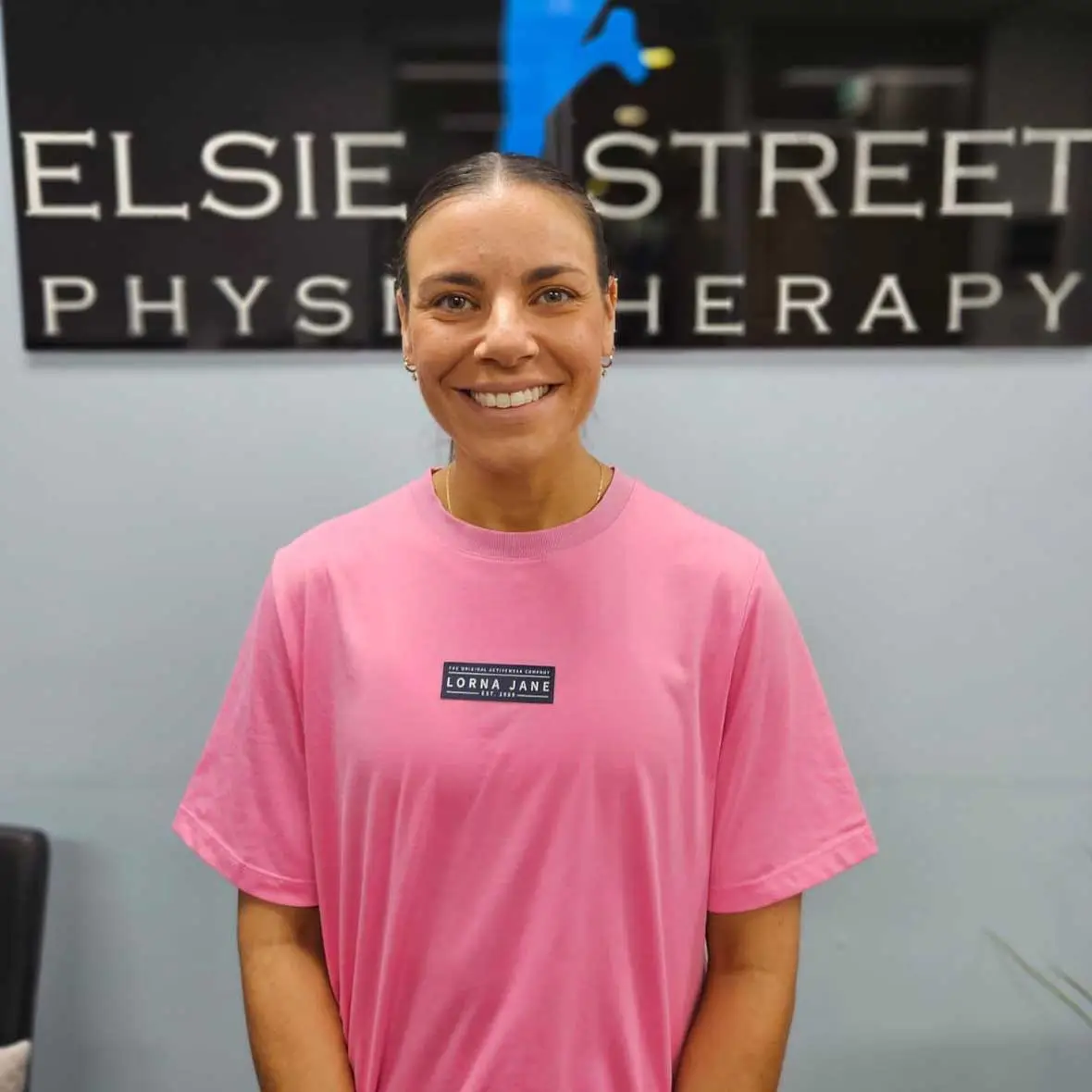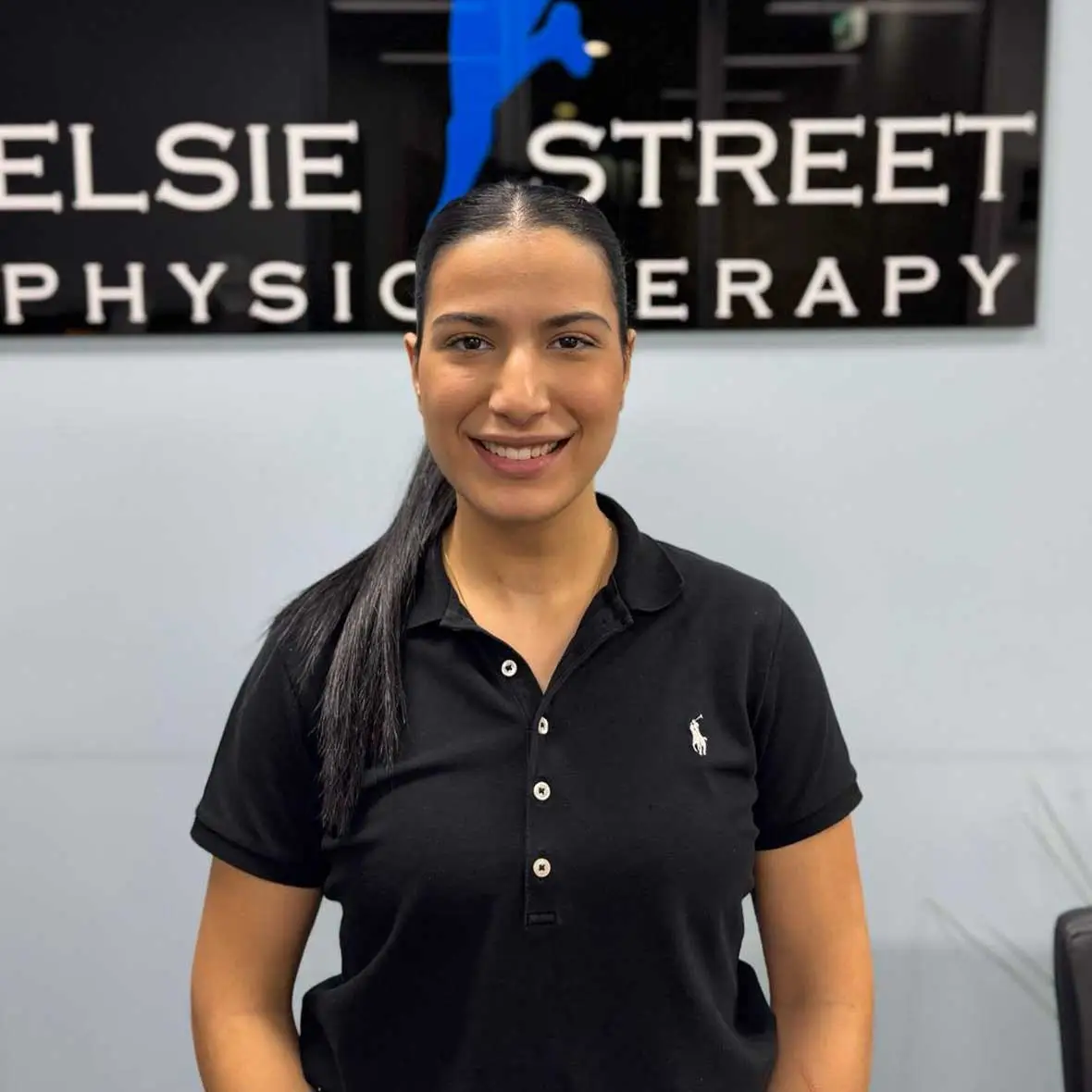About Dry Needling
Dry needling is a technique used in physiotherapy to treat muscle pain and dysfunction. It involves inserting very thin, sterile needles into specific points of the body—often into what’s known as myofascial trigger points, or “knots” in the muscle.
Dry needling assists with the following:
Releases muscle tension: The needle stimulates the trigger point, which can help relax the muscle.
Reduces pain: It may help interrupt pain signals and improve blood flow to the area.
Improves movement: By loosening tight muscles, it can help restore range of motion and function.
Frequently Asked Questions
What are the common conditions treated?
Muscle pain and tightness
Headaches
Tendonitis
Sciatica
Sports injuries
Chronic pain conditions (like fibromyalgia)
What does dry needling feel like?
You might feel a quick “twitch” response when the needle hits a trigger point, followed by a deep ache or mild soreness (kind of like after a workout). This is usually short-lived.
How is dry needling different from accupuncture?
While both use similar needles:
Dry needling is based on Western medicine and musculoskeletal anatomy.
Acupuncture is rooted in traditional Chinese medicine and focuses on balancing energy or “Qi.”
Is dry needling safe?
It’s generally safe when done by a trained professional.
Possible side effects: mild soreness, bruising, or temporary discomfort at the needle site.






